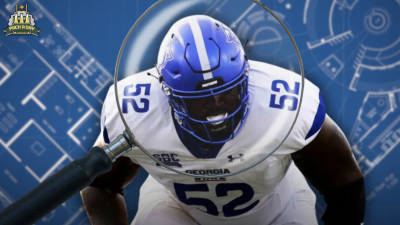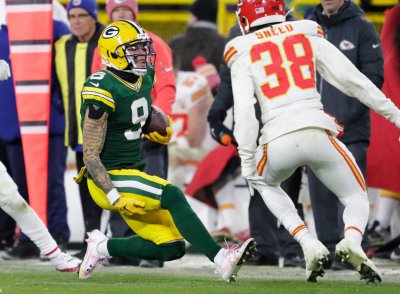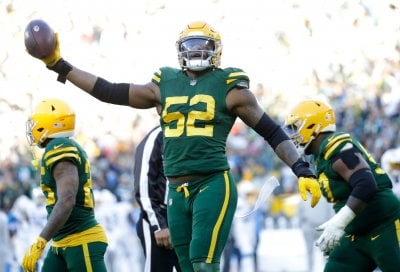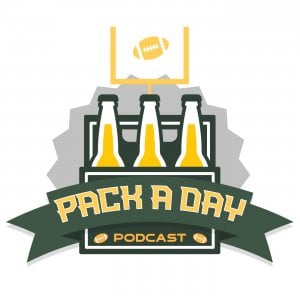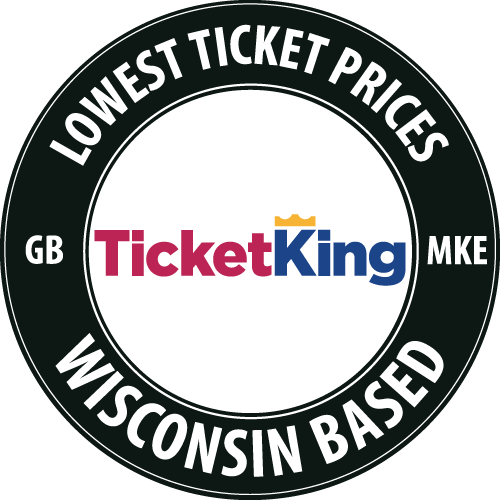Super Bowl Assists New Orleans in Continuing Recovery Efforts from Katrina
Political analyst and 2013 Super Bowl committee co-chair James Carville talks about what the Super Bowl means to a city still recovering from disaster.
 Nope, the Green Bay Packers aren't in the Super Bowl, but Cheesehead TV will be on site in New Orleans all week long, keeping you up to date on football's pinnacle event and the culmination of another NFL season. Our preview begins now and will continue coverage on Monday in the Big Easy.
Nope, the Green Bay Packers aren't in the Super Bowl, but Cheesehead TV will be on site in New Orleans all week long, keeping you up to date on football's pinnacle event and the culmination of another NFL season. Our preview begins now and will continue coverage on Monday in the Big Easy.
More than seven years after Hurricane Katrina left devastation, and in some cases even obliteration, in its wake in August of 2005, New Orleans still hasn't fully recovered.
The population of New Orleans is 80 percent of what it was before Katrina; the murder rate among the highest in the nation.
But according to New Orleans resident James Carville, the noted political analyst and 2013 Super Bowl committee co-chair, "We don’t deny our problems, we work on them."
And work they will as one of the world's biggest sports events descends upon N'Awlins this upcoming week with its thousands of fans and media invading the city.
Over 6,000 volunteers, over 1,200 on-duty officers, and nearly all of the approximately 375,000 residents will be excited to show off the improvements made to the city since that fateful day back in 2005.
There's been over $1 billion in infrastructure updates, the first new streetcar line since 2004 is being unveiled next week, a $30 million riverfront park just opened in the fall of 2012 and there are 1,330 restaurants now in the city after there were just 809 pre-Katrina.
By being good hosts, residents hope visitors re-pay the favor by bringing in millions of dollars that will allow the city to foster growth and carry on with its reclamation projects.
For the time being, though, it's still just hope. There's no givens, no certainty. In that regard, the people of New Orleans are just like the San Francisco 49ers and Baltimore Ravens: wanting, wishing, praying.
"Sometimes I wake up at night and say if this thing goes well, this can really help people put a lot of things behind ‘em," said Carville in a conference call with reporters on Thursday. "Yes, that thought has crossed my mind. But I can’t allow myself to think like that.
"We’re a little bit like these teams. You can’t think what it’s like to win, you just gotta prepare. That’s been the attitude here."
The road to recovery has come one major sporting event at a time.
Ever since 2005 when the Saints were forced to play their home games at the Alamodome in San Antonio, Tex. and Tiger Stadium in Baton Rouge, La., New Orleans has wasted little time in regaining its reputation as gracious hosts of high-profile sporting events.
It began with one of the most significant regular-season games in NFL history.
"I would certainly argue that the game played here in September 2006 against Atlanta was one of the most significant regular-season games in any sport, anywhere," said Carville. "That was a hallmark in the recovery of New Orleans from the events that took place barely a year before that."
By now, football fans know the story about the Saints and how in just four seasons since Katrina, won the Super Bowl in 2010 one year before the Packers won their most-recent Vince Lombardi Trophy.
That was a another landmark victory for the city of New Orleans with quarterback Drew Brees and coach Sean Payton leading the way.
Since that time, the big events have continued with the Sugar Bowl each year, a BCS championship game last year, the Final Four in 2012 and now the Super Bowl in 2013.
"The economic impact associated with the event and the exposure is an opportunity for New Orleans to show the rest of the world how far we’ve come in the past seven and a half years," said Jay Cicero, president and CEO of the Greater New Orleans Sports Foundation. "We were knocked to our knees and under 15 feet of water for three weeks."
And so it's time for the city known for its Mardi Gras celebrations to show off over the course of the next week.
Of course, there's Bourbon Street, the pedestrian thoroughfare and tourist trap known for its shopping, bars, nightclubs and gentleman's clubs. It's one place sure to be overrun with football fans.
"That’s one thing I’m not worried about––are there gonna be people on Bourbon Street," said Carville.
But there's so much more to New Orleans than Bourbon Street, says Carville, giving his Chamber of Commerce endorsement to visitors everywhere.
"You’re not just visiting a city, you’re visiting a culture," said Carville as the Cajun heritage dripped from his voice. "You’re visiting a place that unlike any other city in the world, has its own music, it has its own food, we have our own funerals, we have our own social structure, we have our own body of literature. We have our own architecture. And we want you to enjoy all of these things."



